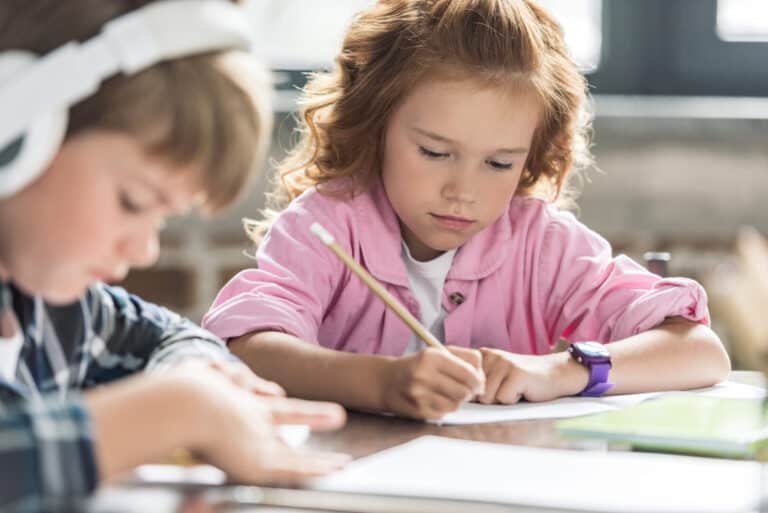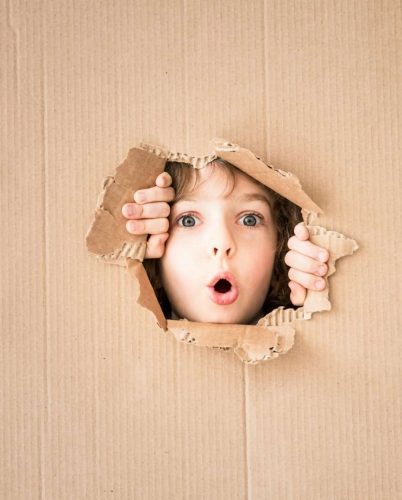Improving your child’s attention and focus is a fundamental aspect of their development and learning. Below, we offer some strategies and detailed examples to help you in this process.
Establish clear routines: Autistic children often feel more comfortable and secure in structured and predictable environments. Setting daily routines allows them to know what to expect and helps them focus on the activities they perform. For example, you can set specific times for meals, playtime, schoolwork, and sleep.
Create a structured environment: A predictable and organized environment provides autistic children with a sense of security and facilitates concentration. For example, you can dedicate a specific space at home for learning and limit the number of unrelated objects in that area.
Remove distractions: Identifying and minimizing distractions in the learning environment can be very helpful. For example, if your child is easily distracted by external noises, you can create a quiet and silent space for them to carry out their activities or provide noise-cancelling headphones.
Use visual supports: Visual aids can help autistic children stay focused on a task. For example, you can use a task list with images to show them the steps to follow in a specific activity.
Positive reinforcement: Using praise and rewards when your child maintains attention and focus on a task encourages motivation. For example, if your child completes an activity without getting distracted, you can offer a reward, such as extra playtime or an activity they particularly enjoy.
Break tasks into smaller steps: Dividing complex tasks into more manageable segments can facilitate concentration and focus. For example, if your child has difficulty focusing on a writing task, you can break it down into smaller steps, such as choosing a topic, writing a sentence, and then reviewing the work.
Set clear and realistic goals: Helping your child set specific and achievable goals can improve their focus and concentration on tasks. For example, instead of saying “do your homework,” you can set a goal like “complete three math problems in 20 minutes.”
Include relaxation and self-regulation activities: Teaching your child relaxation and self-regulation techniques can be beneficial for improving their concentration. For example, they can practice deep breathing techniques, meditation, or adapted yoga to suit their needs.
Remember that each child is unique and you may need to adapt these strategies to their specific needs and abilities. Patience and perseverance are crucial in this process, and the support and understanding of parents are essential for the success of your child in developing concentration and focus.













